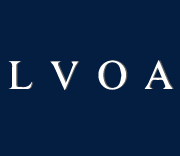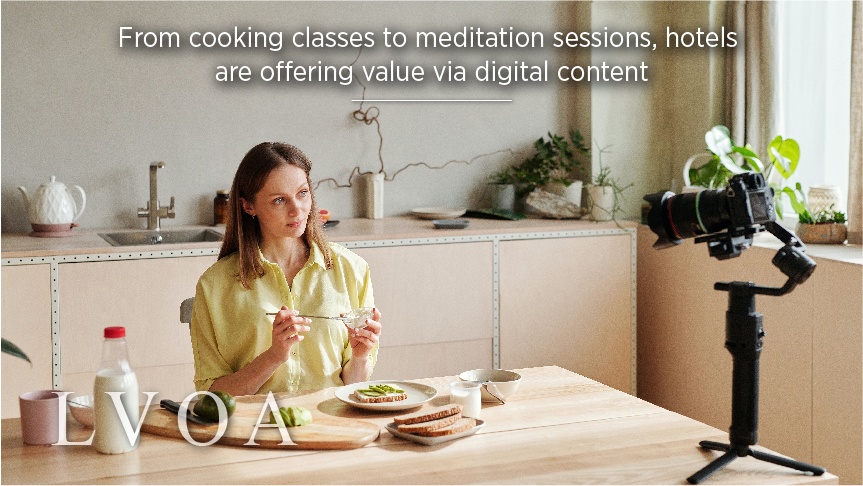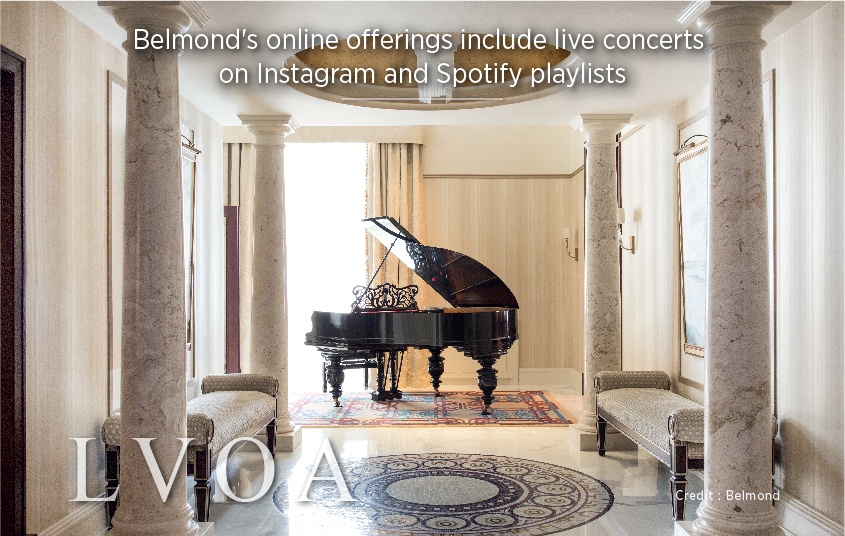Thailand’s third wave has triggered lockdowns, curfews and other restrictions over the past few months, including curbs on interprovincial travel. During this time, when even staycations are up in the air and the Phuket Sandbox initiative has its own strict measures and teething problems, what can hotels do?
Thinking back to the start of the global pandemic, when worldwide travel came to a screaming halt, hotel brands fell into three categories: those who quickly went silent on marketing channels, those who pivoted to somewhat empty “Wish you were here” content and those that got creative. The latter curated new content, offered additional value to future customers while they couldn’t travel, and raised brand awareness in the process. Over a year later, some of this content has stuck around and become a part of the hotel brand’s offerings.
Here are three examples in the luxury sector that demonstrate how hotel brands can keep in touch with customers in the travel-restricted pandemic era and an ever-increasing digital age, by offering complimentary and/or monetised digital experiences:
Belmond
The “Belmond Invitations” series provided plenty of valuable content for fans of the luxury hotel brand during 2020. Much of the interactive content was accessible via Instagram, including live sessions with a mixologist to create signature cocktails, live concerts, live yoga classes and even flower arranging workshops. In particular, the “live” element encouraged fans to tune in at a certain time and interact with the content or participate in the activity in real time.
There are also the Spotify playlists, curated by Clemency Burton-Hill, the Creative Director of Music and Arts at NYC Radio and one of Belmond’s Good Living Experience Makers. The playlists transport listeners to their destination of choice through music, but also offer an element of education; introducing fans to classic and lesser-known composers and artists, which best represent the musical heritage of the destination.
Six Senses
Six Senses boasts one of the most comprehensive digital programs, #AtHomeWithSixSenses, which is still continuing today. Livestreamed events led by experts fall into one of two categories: Masterclasses and Friends of Six Senses. Again, these sessions are available for free, mostly broadcast via the @SixSenses Instagram account.
Befitting the Six Senses brand, the focus here is on holistic wellness. Examples include an article on the power of sound by sound healer Leo Cosendai, a workshop for runners looking to improve athletic performance with input from a group of experts, and a seminar on understanding perimenopause and menopause with Dr. Taz Bhatia.
Over the past year, Six Senses has also run set programs such as the Six Weeks of Summer, two-week Earth Lab Live over Easter and the 10-Week Junior Marine Biology Program. These are very much targeted at families, providing children and teens with things to do during the school holidays and lockdown periods, which parents will likely be very thankful for.
Kamalaya
Here in Thailand, Koh Samui’s Kamalaya Wellness Resort has recently launched Kamalaya Connect, a paid digital platform that makes the retreat’s award-winning services accessible online. Members can enrol on themed courses (sleep, nutrition, immune support, weight management, emotional transformation), enjoy one-on-one personal consultations with Kamalaya’s expert practitioners, embark on tailor-made wellness programs, or simply browse videos in the Knowledge Center – the latter is available for free.
In addition, Kamalaya launched a podcast in March 2021, which is available via Spotify and Apple Podcasts. Hosted by Karina Stewart, the co-founder and Chief Wellness Director at Kamalaya, the podcasts interview experts, practitioners and innovators from the world of holistic health and wellbeing.
Are these campaigns successful?
In terms of marketing, it’s impossible to monitor the success of these “at-home campaigns” without knowing if or when bookings will return to “normal.” There’s also a fine balance to be made when investing in content marketing at a time when travel is returning at varying rates around the world; some places are finally opening up again, while others (such as Thailand) are increasing restrictions once again and reverting to lockdown protocols.
On the one hand, now is the time for brands to be pushing digital marketing efforts and digital products, when people are online and at home more than ever before. On the other, is it pointless or even insensitive, to promote hotels in this way when some places are still suffering with outbreaks and lockdowns, and international travel is still restricted?
Providing potential new and returning customers valuable content that offers some escapism, a taste for a luxury property or a destination, is all well and good, but also begs the question: if anyone can access luxury content for free, does a luxury brand lose its exclusivity?
The answer may lie with one of the examples listed above. Content marketing and storytelling has been a cornerstone of digital marketing strategy for a while now, but what’s interesting is how the marketing itself is shifting into product. For example, Kamalaya Connect, Kamalaya’s digital platform has plenty of valuable content, but most of it is behind a paywall.
As the pandemic continues to rage on, technology becomes an increasingly integral part of the hospitality customer journey, marketing channels and social media platforms grow ever more sophisticated, and the digital age shows no signs of slowing… perhaps hospitality is adapting to offer more than just the offline experience.








